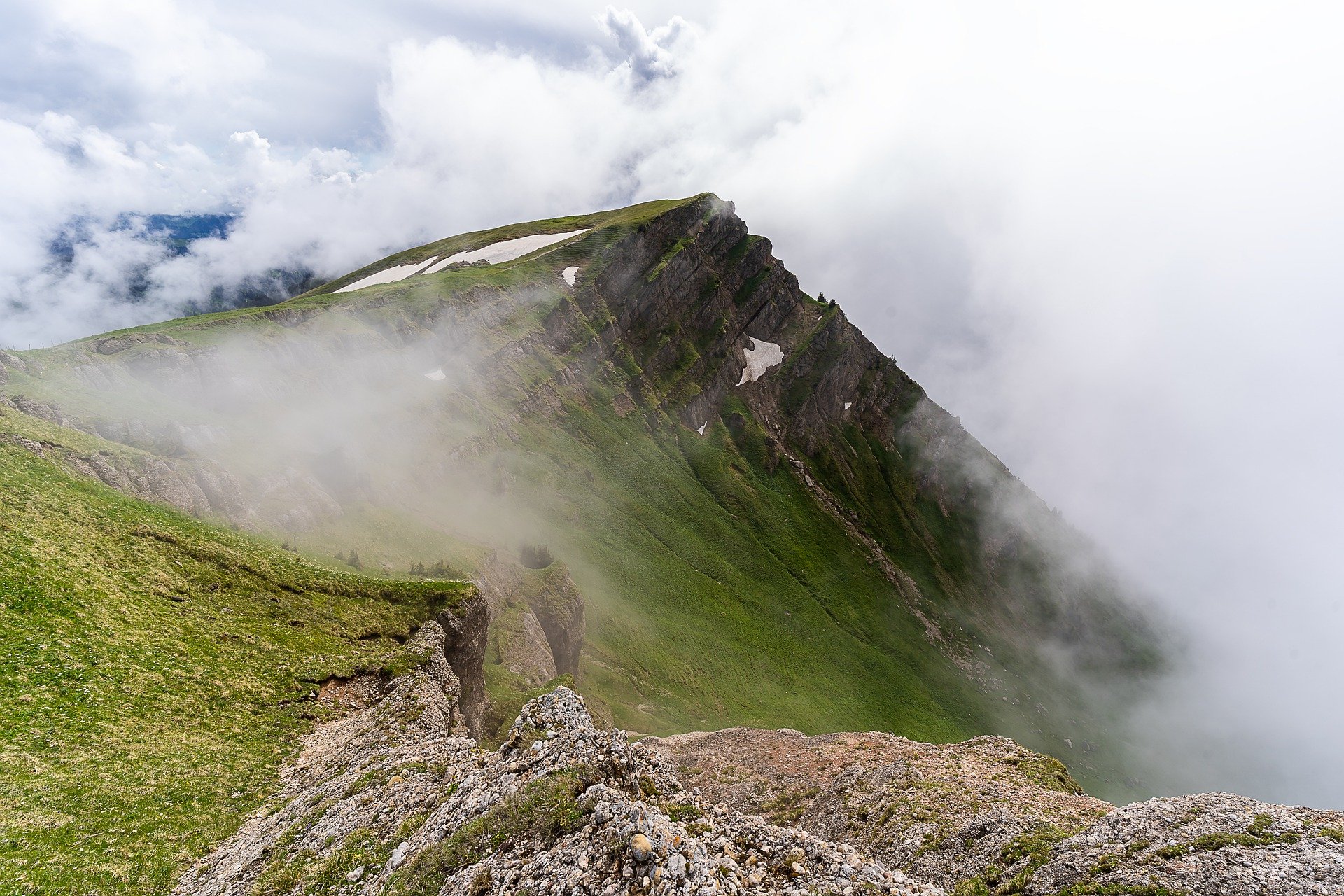One of those attractive targets is the K2 prospect defined by Summit E&P UK in licence P2382. The company was awarded this UK Central North Sea licence in 2018 and following execution of rigorous subsurface work is now ready to embark on planning an exploration well with an interested partner in 2022 or 2023.
The K2 prospect consists of stacked Forties sandstones deposited in the East Central Graben and is surrounded by fields that share the same reservoir unit, such as Huntington and Everest. Why has K2 not been drilled before? Let’s have a look at the region’s exploration history and find out why this opportunity has so far been untapped.

Technology is key
One of the key reasons why the K2 prospect has not been drilled yet is technology. Being located in one of the first North Sea exploration hotspots in the 1970s, many wells were drilled on 2D seismic lines. As the resolution of these lines were insufficient to distinguish between the productive Forties channel sands and the intra-channel mud prone facies, many wells just missed their target reservoirs. An example of such a miss is well 22/9-1 drilled in 1975 that is located in the centre of the Everest Field, but turned out to be devoid of reservoir-quality sands, resulting in a 6-year hiatus before Everest was officially discovered.
Based on this, it is easy to understand how especially the smaller prospects were left undiscovered until new technology would be available to map these with more confidence. In that light, the use of Ikon Science’s Ji-Fi inversion technology has been instrumental when used in combination with broadband 3D seismic to further de-risking these prospects, of which K2 is a perfect example.
Well location issue
The well closest to the K2 prospect is 22/14-1 drilled in 1974, but this borehole, like 22/9-1, missed the hydrocarbon signal that has now been accurately mapped using recently acquired broadband 3D seismic. Instead, the well proved a cemented tight Forties-equivalent interval with no viable porosity. In addition, the pre-drill site survey carried out for Summit suggests that the 22/14-1 well was actually drilled several tens of meters further to the west than reported at the time, which means it was even further away from the K2 prospect outline.
The prospect
The K2 prospect has now been mapped as a 4-way dip closure with an additional element of internal stratigraphic compartmentalisation. As pointed out above, it is located in an area known for its Paleocene Forties channelised and lobate sand fairway, where intra-channel mudstones form the lateral seals within and between fields such as Huntington and Everest.

Pressure depletion risk small
In both the Huntington and Everest fields MDT pressure tests and production histories have shown that the above-mentioned mudstones facies in the Forties succession form effective lateral seals, which have prevented water influx during production. Although the downside of this situation is a lack of aquifer support, the advantage is that it reduces the risk of pressure depletion having taken place in the K2 structure.
Volumes
In summary, with a base case volume of 28 MMboe, the K2 prospect is thought to be highly attractive for development given that a 12 MMboe volume could already be commercial in the current price environment. In combination with the other prospects also mapped in the vicinity, K2 offers a real opportunity for a stand-alone development or a tie-back to a number of nearby facilities including Everest, Forties, Nelson or Arran, further pushing back the cessation of production of these assets.
HENK KOMBRINK
The information for this article has been derived from a synopsis produced by Envoi Ltd who assist Summit E&P farming out a stake in the P2382 licence. For more information, see the more elaborate document detailing the K2 opportunity here.




